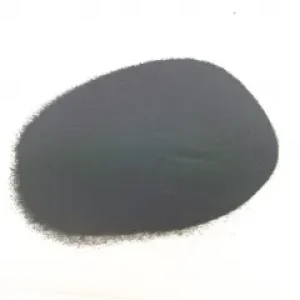-
Silicon Carbide Ceramic Balls
99% high purity Ceramic Sic Ball High Grinding Efficiency Silicon Carbide Grinding Ball
Product Categories
- Boron Carbide (585)
- Silicon Carbide (744)
- Chromium Carbide (172)
- Zirconium Carbide (108)
- Hafnium Carbide (1)
- Silicon Carbide Ceramic Balls (181)
- Niobium Carbide (121)
- Tungsten Carbide (746)
- Tantalum Carbide (1)
- Titanium Carbonitride (1)
- Aluminum Carbide (1)
- Iron Carbide (1)
- Vanadium Carbide (1)
- Manganese Carbide (1)
- Titanium Carbide (472)
- Molybdenum Carbide (1)
- Carbide Products (1)
- Carbide Powder (17)




